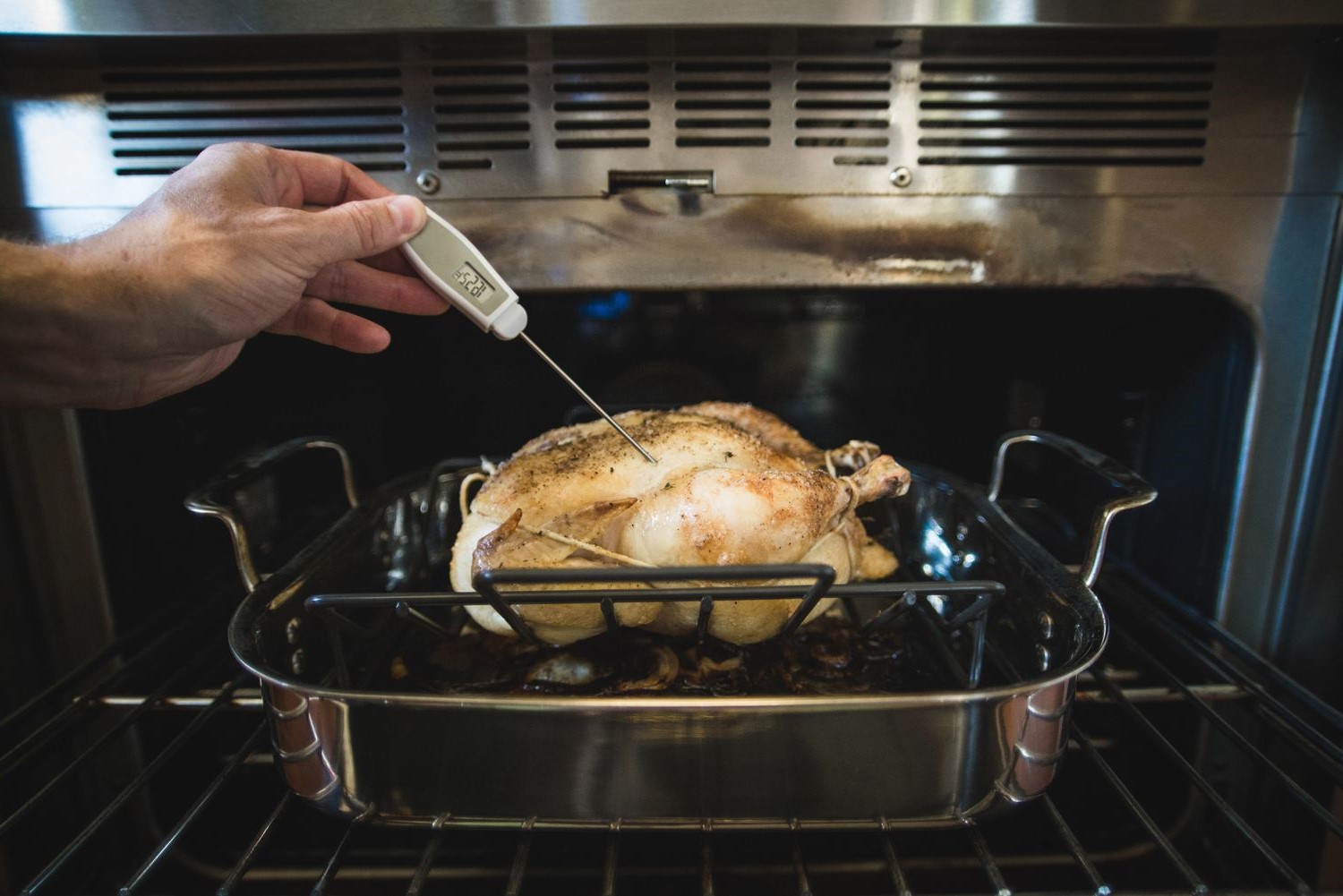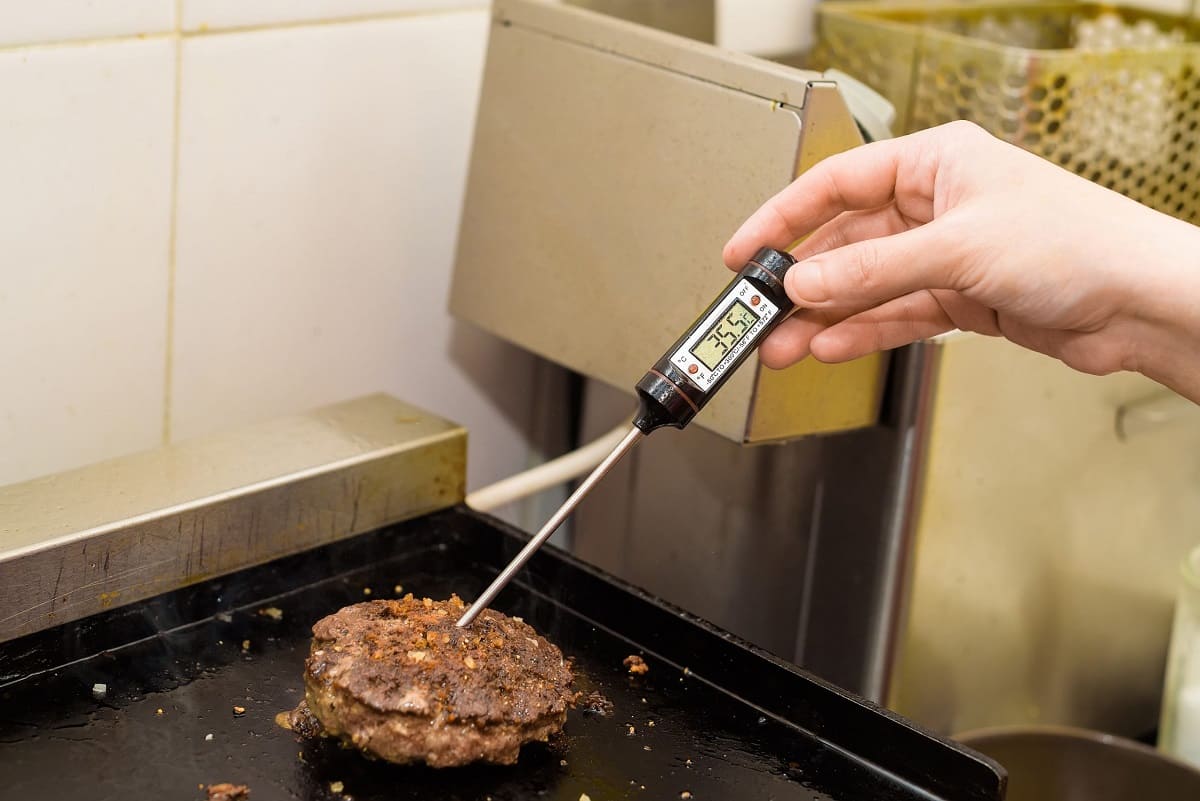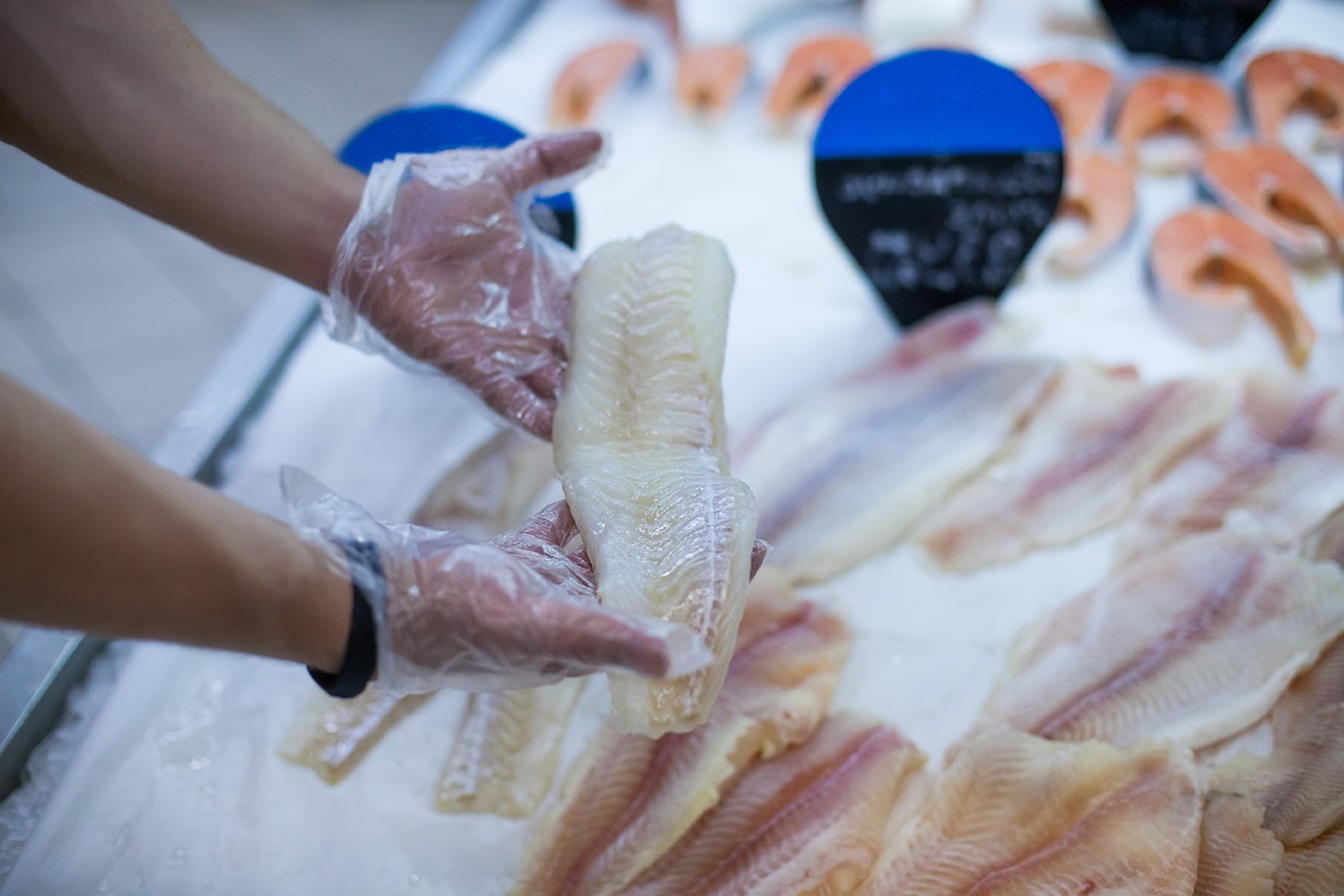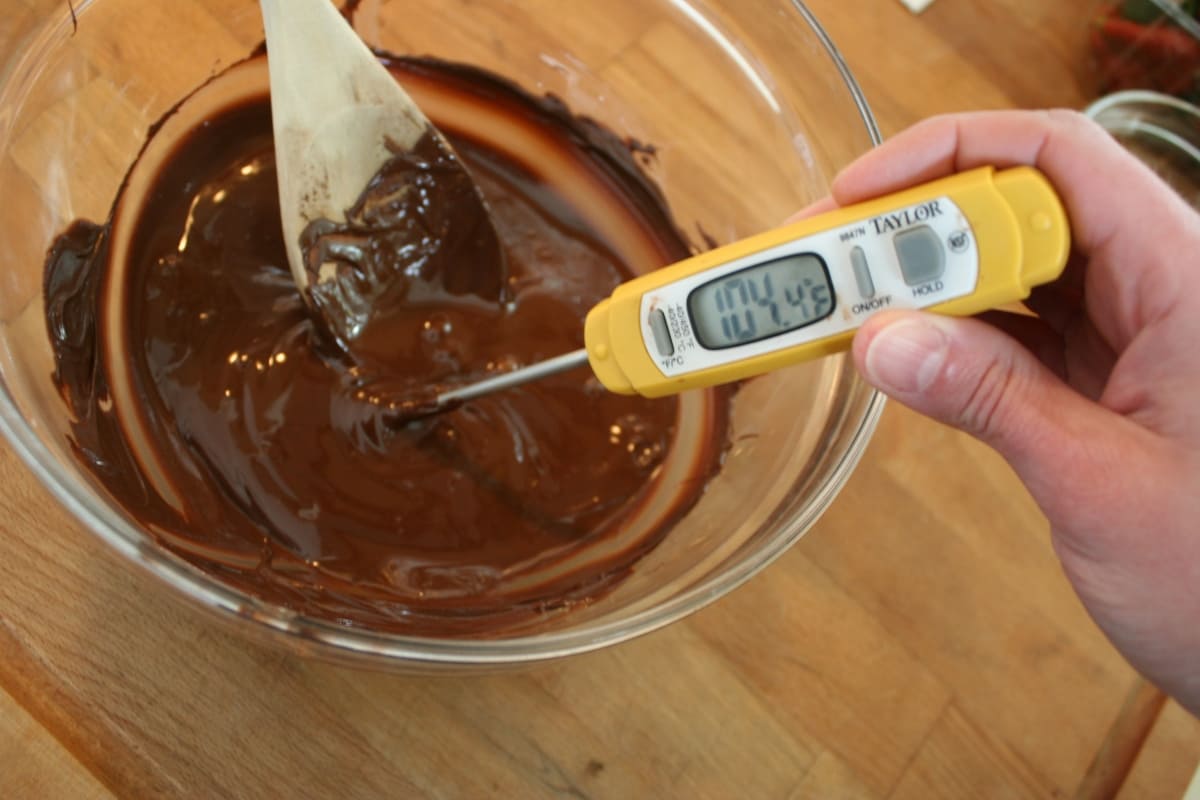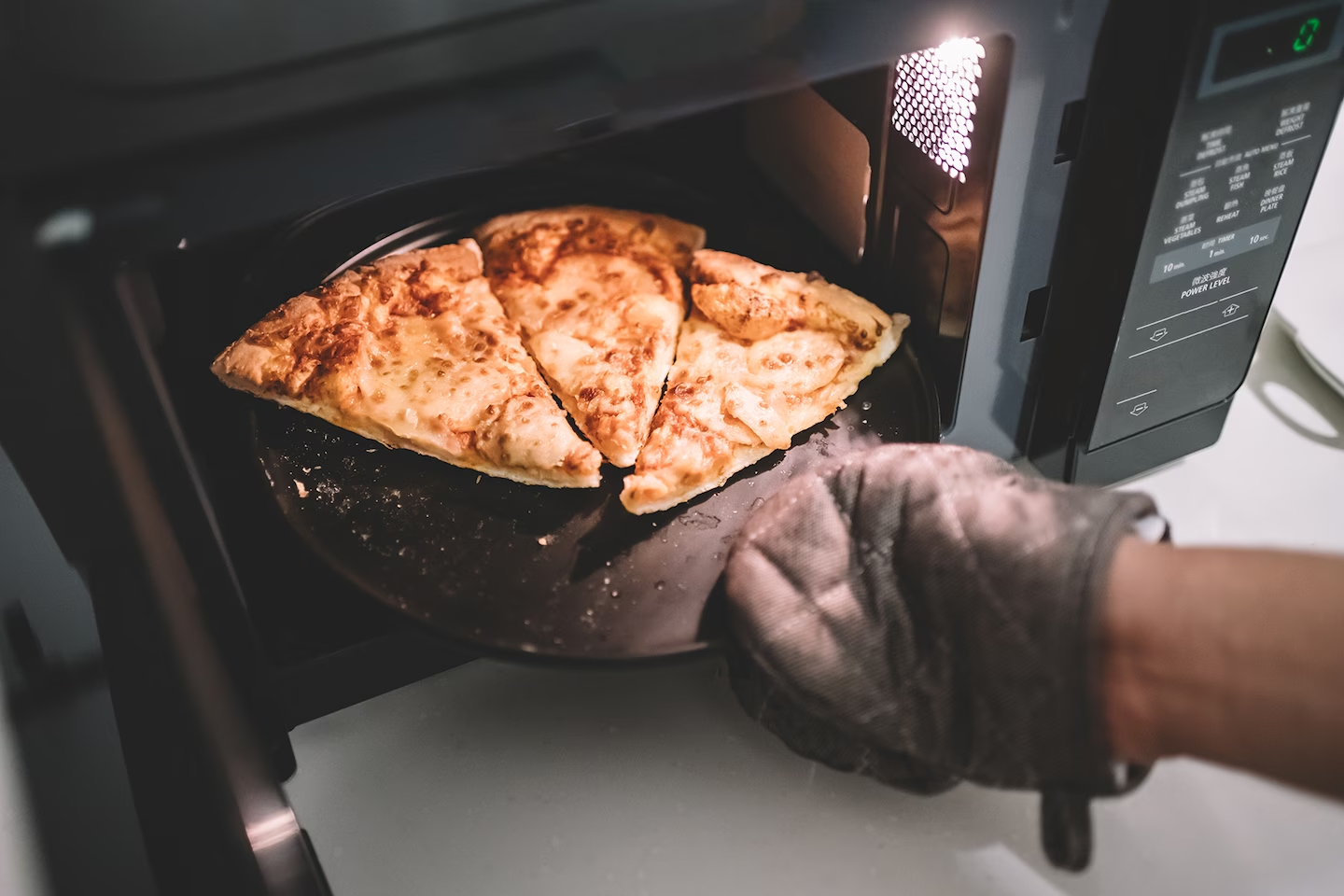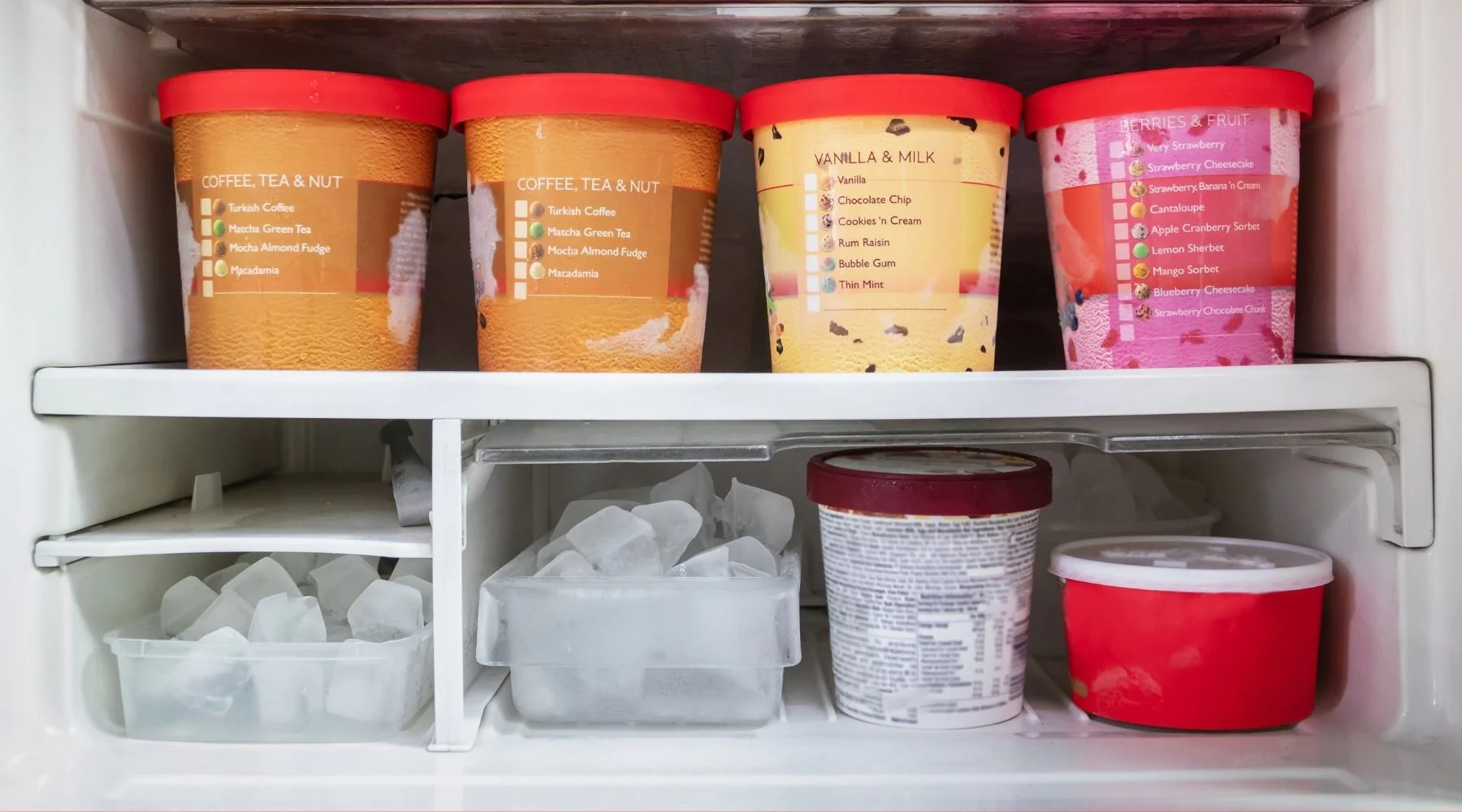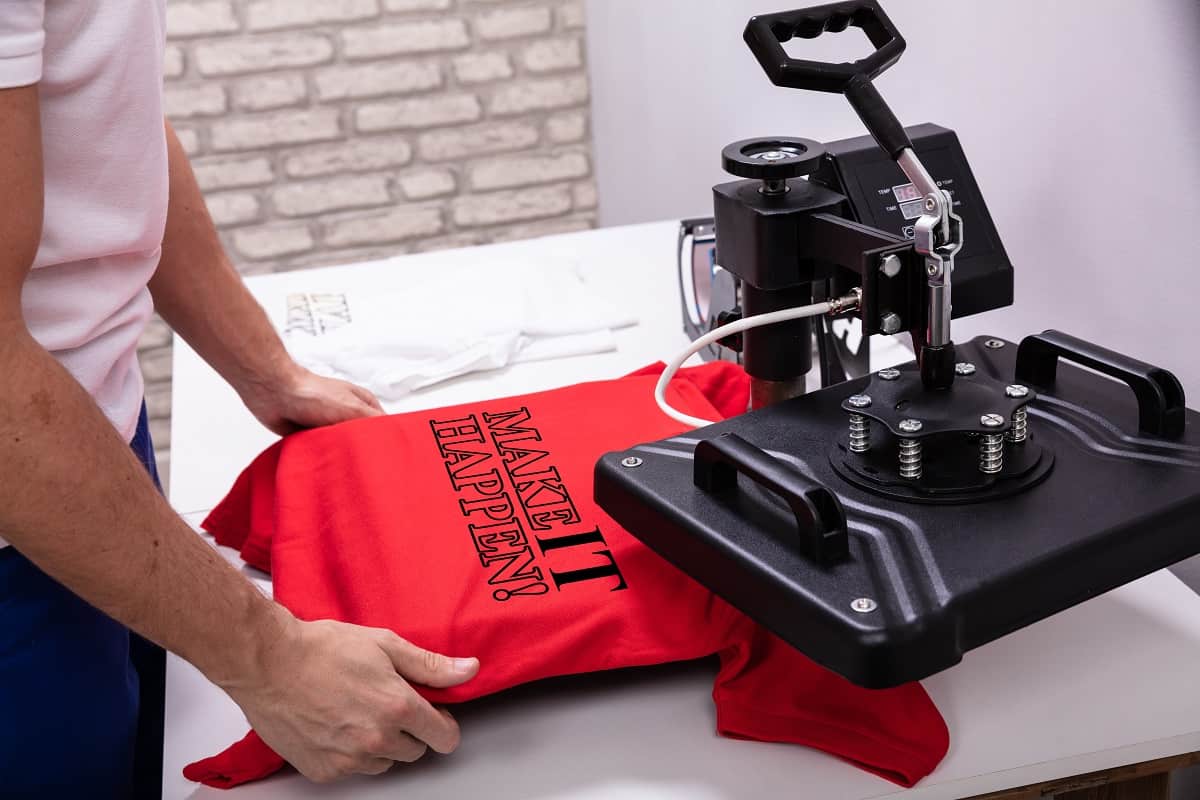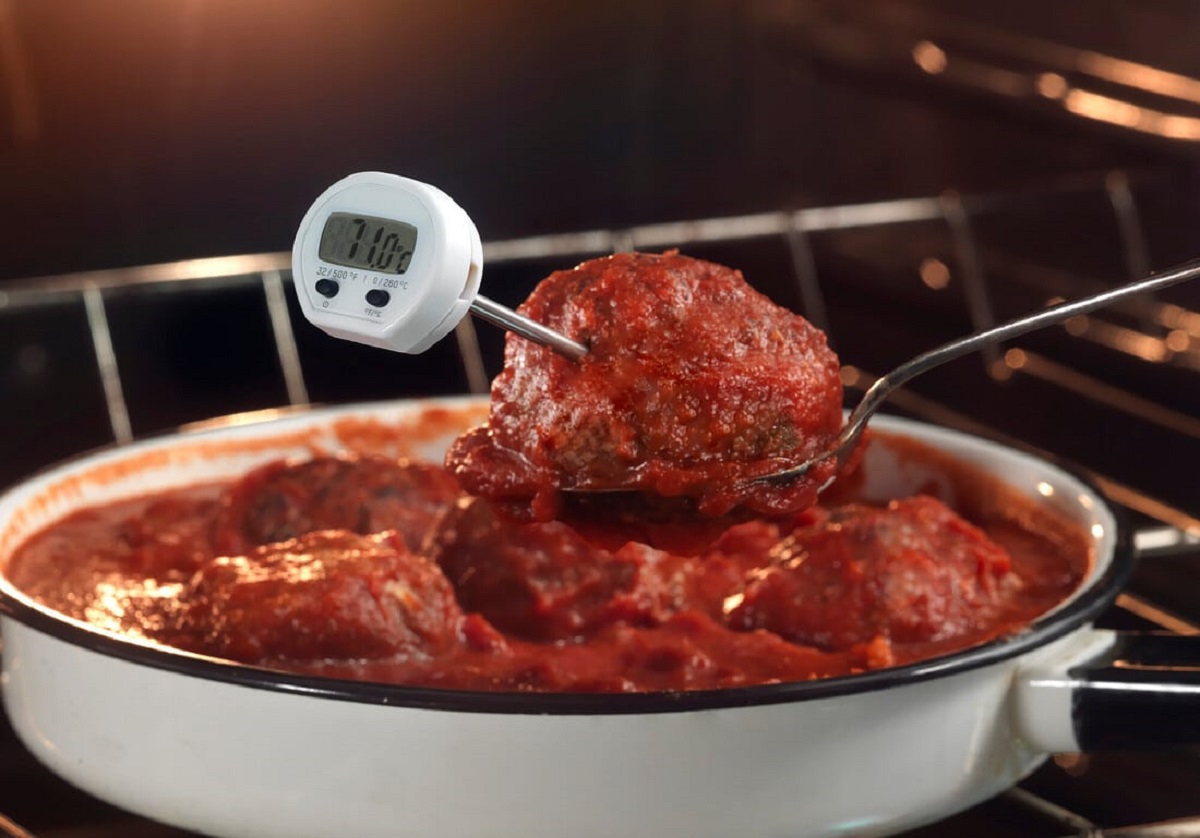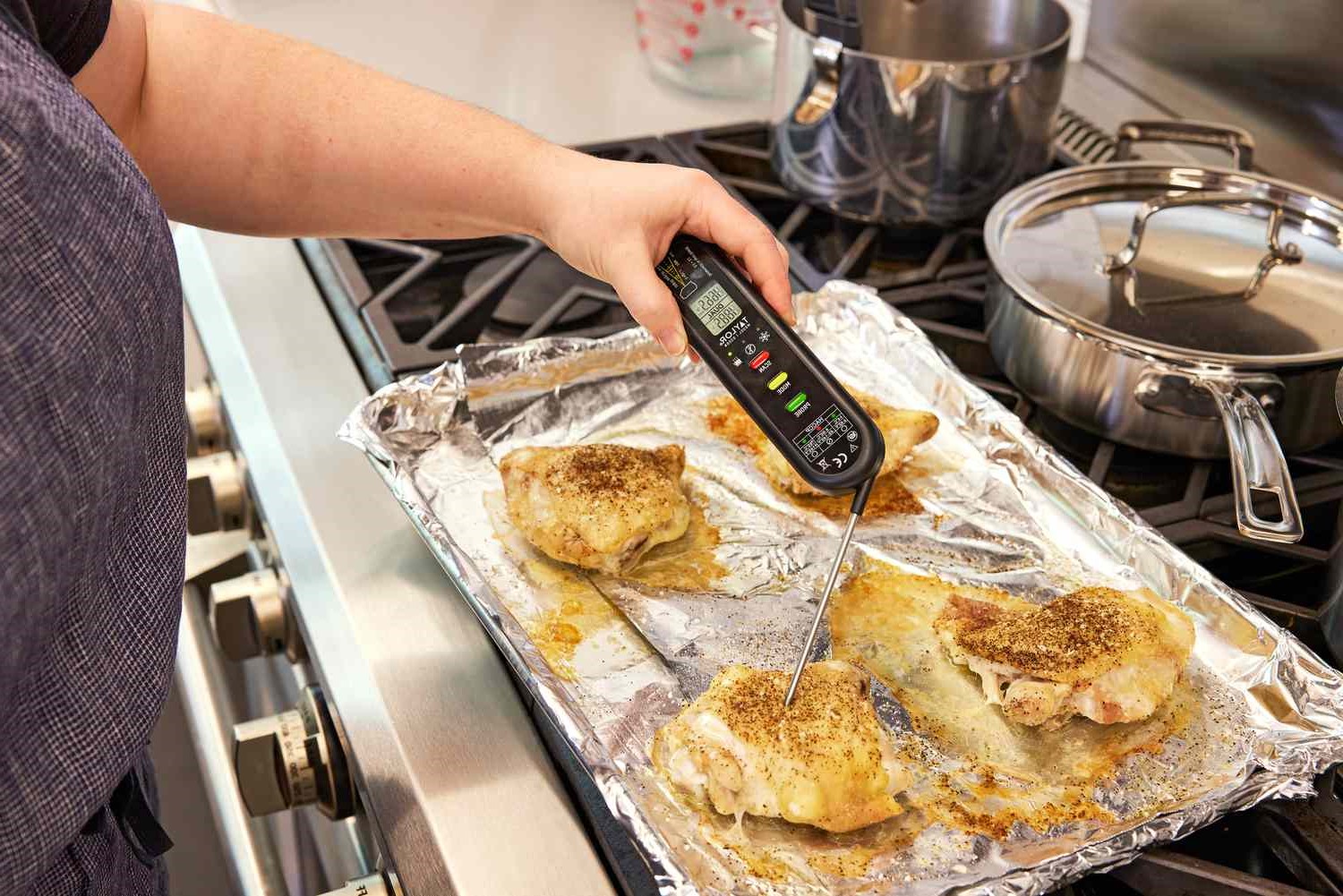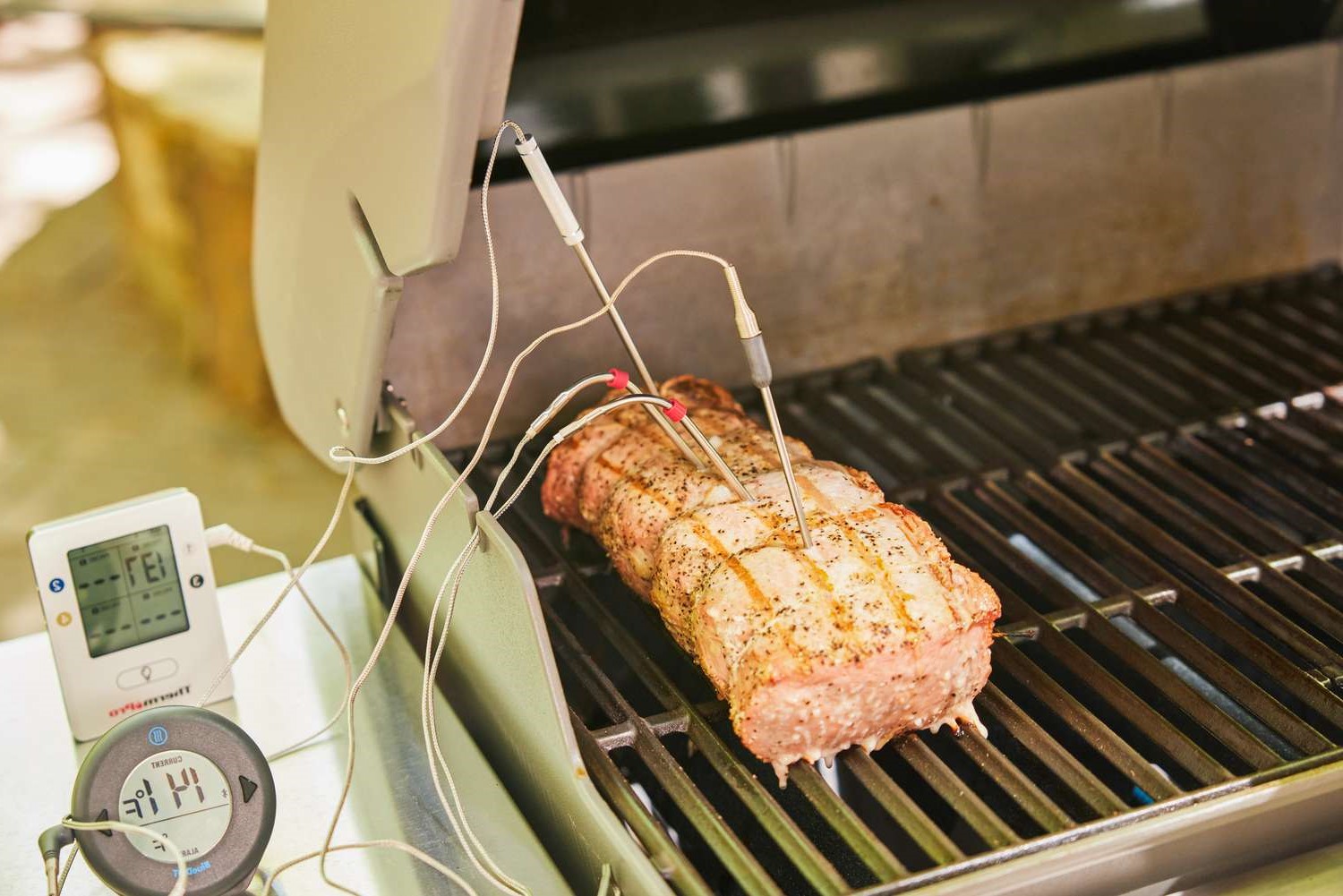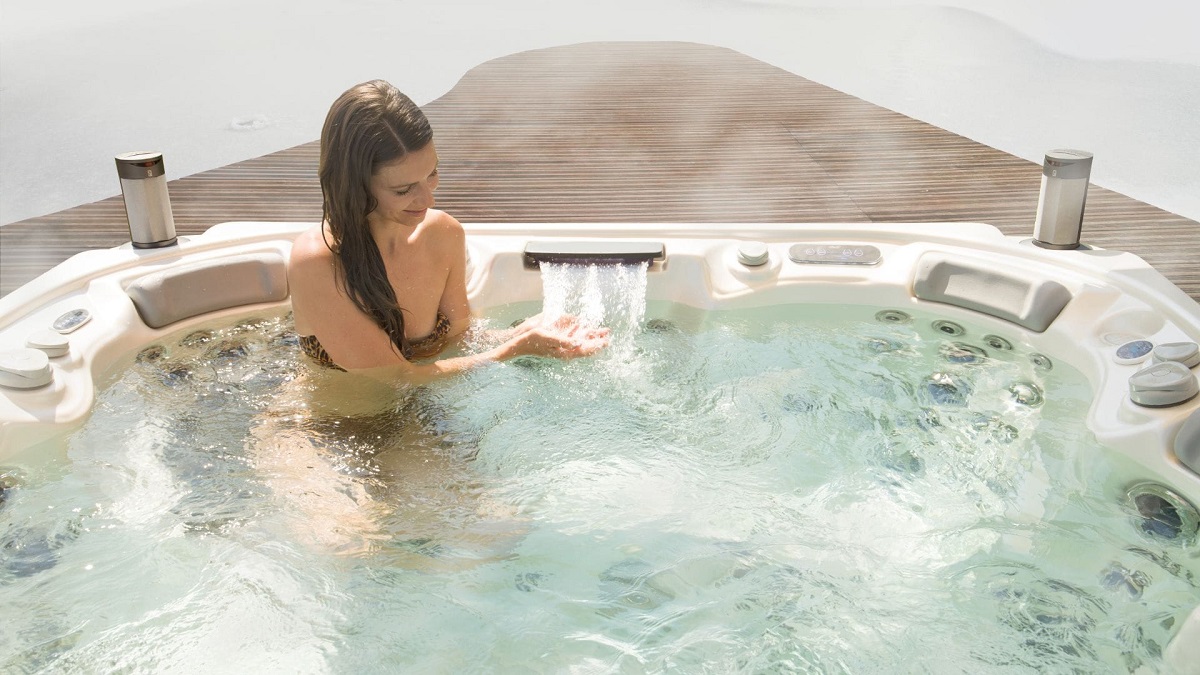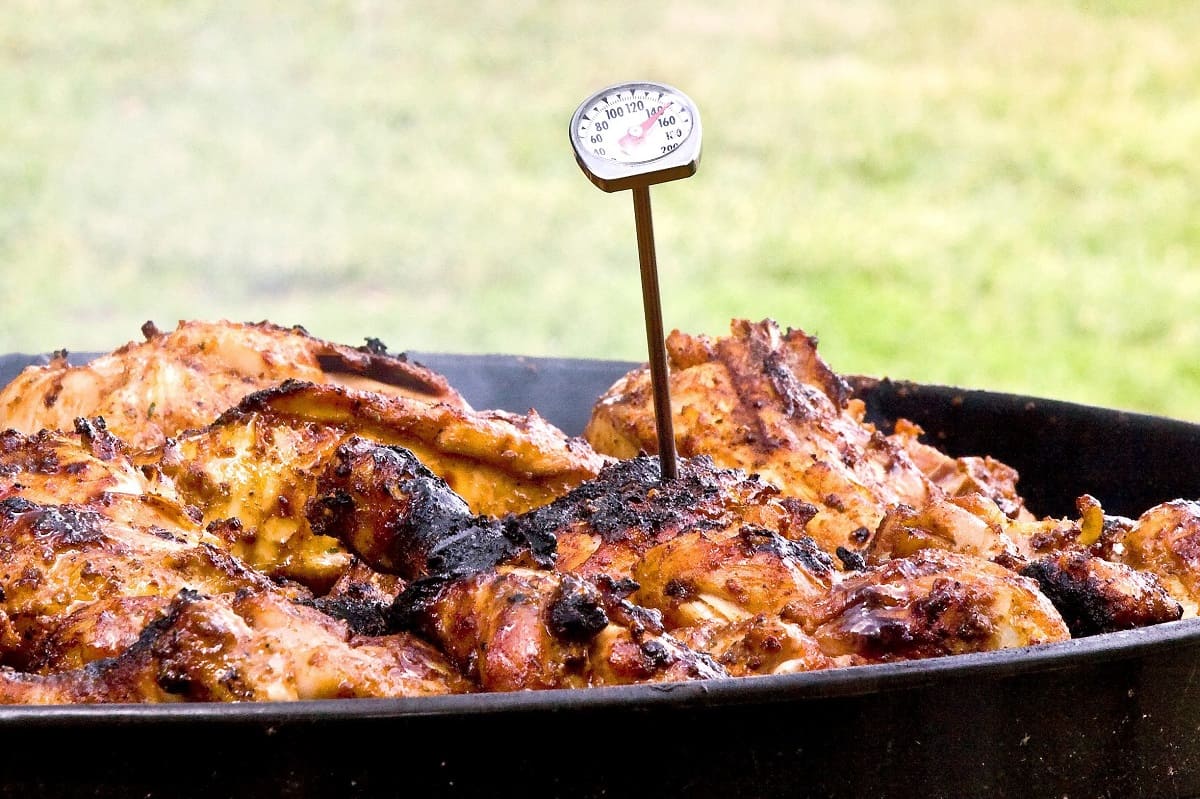Home>Culinary & Beverages>Optimal Temperature For Hot Holding: Ensuring Food Safety And Quality
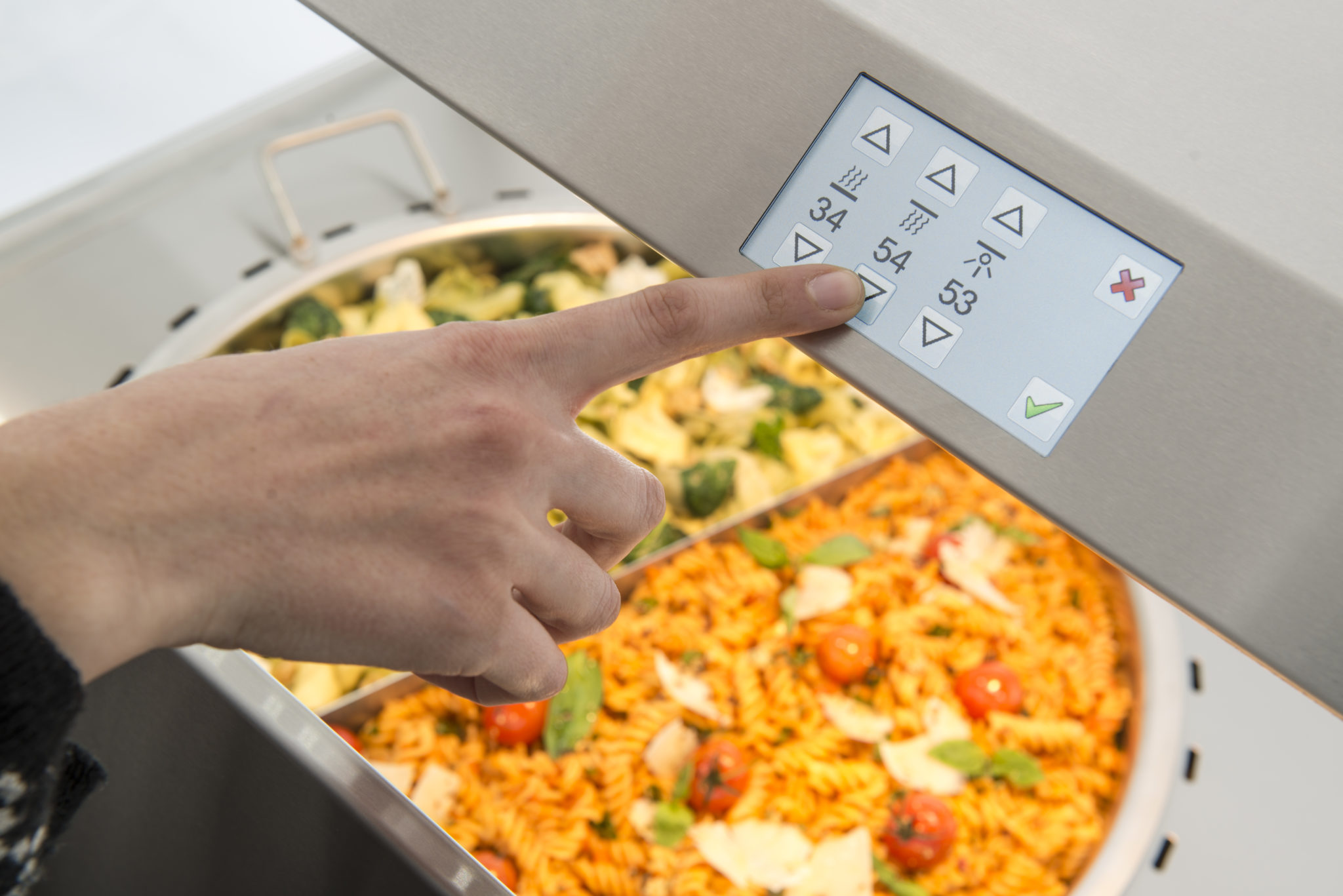

Culinary & Beverages
Optimal Temperature For Hot Holding: Ensuring Food Safety And Quality
Published: February 22, 2024
Learn how to maintain the optimal temperature for hot holding to ensure food safety and quality in the culinary and beverages industry.
(Many of the links in this article redirect to a specific reviewed product. Your purchase of these products through affiliate links helps to generate commission for Temperatures.com, at no extra cost. Learn more)
Table of Contents
Importance of Hot Holding in Food Service
Hot holding is a critical aspect of food service operations, playing a pivotal role in ensuring food safety and maintaining the quality of prepared dishes. This process involves keeping cooked food at a specific temperature until it is served, thereby preventing the growth of harmful bacteria and preserving the flavors and textures of the dishes. The significance of hot holding in food service cannot be overstated, as it directly impacts the overall dining experience and the reputation of the establishment.
When food is cooked to perfection, it undergoes a delicate transformation that enhances its taste, aroma, and texture. However, if it is not held at the appropriate temperature, there is a risk of bacterial proliferation, which can lead to foodborne illnesses. Hot holding serves as a safeguard against this risk, ensuring that the food remains safe for consumption while upholding its sensory attributes.
In the realm of food service, maintaining the integrity of dishes is paramount. Whether it's a bustling restaurant, a busy catering service, or a vibrant food truck, the ability to consistently deliver delectable and safe meals is a hallmark of professionalism. Hot holding enables food establishments to uphold these standards by preserving the quality of their culinary creations until they are presented to eager diners.
Furthermore, hot holding contributes to the efficient flow of food service operations. By holding cooked items at the optimal temperature, kitchen staff can focus on coordinating the plating and serving of dishes without compromising on safety or taste. This streamlined approach not only enhances the overall dining experience but also reflects positively on the establishment's commitment to excellence.
In essence, the importance of hot holding in food service lies in its dual role of ensuring food safety and maintaining the quality of prepared dishes. By adhering to proper hot holding practices, food establishments can uphold their commitment to delivering safe, flavorful, and visually appealing meals, thereby fostering customer satisfaction and loyalty.
Factors Affecting Optimal Hot Holding Temperature
The optimal hot holding temperature is influenced by several key factors that directly impact the safety and quality of the food being served. Understanding these factors is essential for food service professionals to effectively manage hot holding practices and mitigate potential risks.
-
Food Type: Different types of food have varying optimal hot holding temperatures. For instance, cooked meats, poultry, and seafood should be held at a minimum temperature of 140°F (60°C) to ensure the destruction of harmful bacteria, while hot cooked vegetables and grains may require slightly lower temperatures to maintain their texture and flavor.
-
Moisture Content: Foods with higher moisture content, such as soups, stews, and sauces, may require higher hot holding temperatures to prevent bacterial growth. The presence of moisture provides an ideal environment for bacteria to thrive, making it crucial to maintain elevated temperatures to inhibit their proliferation.
-
pH Levels: The acidity or alkalinity of foods, as indicated by their pH levels, can influence the optimal hot holding temperature. Foods with lower pH levels, such as acidic sauces or dressings, may require lower hot holding temperatures, while neutral or alkaline foods may necessitate higher temperatures for effective bacterial control.
-
Food Density: The density and thickness of food items can impact the rate at which they cool down when removed from a heat source. Thicker or denser foods may retain heat more effectively, requiring careful monitoring to ensure that they remain at the appropriate hot holding temperature throughout the service period.
-
Container Insulation: The type and quality of containers used for hot holding play a crucial role in maintaining the desired temperature. Insulated containers can help retain heat more effectively, while non-insulated containers may require higher hot holding temperatures to compensate for heat loss.
-
Ambient Conditions: The surrounding environment, including factors such as kitchen temperature and humidity levels, can affect the ability to maintain optimal hot holding temperatures. In high-traffic kitchens or outdoor catering events, where ambient conditions fluctuate, additional measures may be necessary to uphold the desired hot holding temperature.
By considering these factors, food service professionals can make informed decisions regarding the optimal hot holding temperatures for various menu items. This proactive approach not only ensures food safety and quality but also demonstrates a commitment to delivering exceptional dining experiences while prioritizing customer well-being.
Food Safety Guidelines for Hot Holding
Hot holding is a critical stage in the food service process, and adherence to food safety guidelines is paramount to prevent the risk of foodborne illnesses and maintain the integrity of prepared dishes. The following guidelines serve as essential directives for ensuring the safety of hot held food:
-
Temperature Control: Maintain hot held food at a minimum temperature of 140°F (60°C) to inhibit the growth of harmful bacteria. Use calibrated thermometers to monitor the internal temperature of the food, ensuring that it remains within the safe range throughout the hot holding period.
-
Time Limit: Limit the duration of hot holding to a maximum of four hours to minimize the risk of bacterial proliferation. If the food remains at the optimal temperature beyond this timeframe, it should be promptly discarded to uphold food safety standards.
-
Rotation and Labeling: Implement a strict rotation system to ensure that hot held food is used in a timely manner, with older batches being served first. Additionally, label all hot held items with the time they were prepared or placed in hot holding equipment to facilitate proper monitoring and timely disposal if necessary.
-
Avoid Overcrowding: Arrange hot held food in a manner that promotes even heat distribution and prevents overcrowding. Adequate spacing between containers or trays allows for uniform heating and reduces the risk of temperature fluctuations that could compromise food safety.
-
Covering and Insulation: Use lids or covers to shield hot held food from external contaminants and maintain its temperature. Additionally, employ insulated containers or hot holding equipment to minimize heat loss and sustain the desired temperature effectively.
-
Regular Monitoring: Assign designated staff members to routinely monitor the hot holding equipment and verify the internal temperature of the food. This proactive approach enables prompt corrective action in the event of temperature deviations, ensuring continuous compliance with food safety standards.
-
Training and Awareness: Provide comprehensive training to kitchen staff regarding the importance of hot holding and the associated food safety guidelines. Foster a culture of awareness and accountability to uphold stringent hot holding practices across all food service operations.
By meticulously adhering to these food safety guidelines for hot holding, food service establishments can uphold the highest standards of food safety and quality, safeguarding the well-being of their patrons while delivering exceptional culinary experiences.
Maintaining Quality of Food during Hot Holding
Maintaining the quality of food during hot holding is a delicate balancing act that requires meticulous attention to detail and a deep understanding of the factors that influence the sensory attributes of prepared dishes. While the primary goal of hot holding is to ensure food safety, it is equally crucial to preserve the flavors, textures, and overall appeal of the culinary creations. By implementing strategic measures and best practices, food service professionals can uphold the quality of hot held food, delighting diners with every savory bite.
Temperature Management
Effective temperature management is the cornerstone of maintaining food quality during hot holding. It is essential to strike a balance between ensuring that the food remains at a safe temperature to inhibit bacterial growth and preventing overcooking or drying out. By adhering to the recommended hot holding temperature for each type of food, culinary professionals can preserve the integrity of flavors and textures, allowing dishes to be served at their peak quality.
Moisture Retention
Retaining the optimal level of moisture is crucial for preventing hot held food from becoming dry or unpalatable. Certain dishes, such as braised meats or simmered stews, rely on moisture to maintain their succulence and tenderness. Utilizing covered containers or incorporating moisture-rich ingredients can help mitigate moisture loss during hot holding, ensuring that the dishes retain their lusciousness and appeal.
Flavor Preservation
The preservation of flavors is a hallmark of exceptional hot holding practices. Cooked dishes often undergo a melding of flavors and aromas that contribute to their overall appeal. To safeguard these nuanced profiles, it is imperative to minimize exposure to external odors and flavors, which can compromise the original taste of the food. Properly sealed containers and vigilant monitoring can help preserve the distinct flavors of each dish, allowing diners to savor the intended culinary experience.
Texture Maintenance
Maintaining the desired texture of hot held food is essential for delivering a gratifying dining experience. Whether it's the tender juiciness of braised meats or the al dente perfection of cooked vegetables, preserving the ideal texture is a testament to the culinary expertise behind each dish. Careful temperature control and avoiding prolonged hot holding durations are key factors in safeguarding the textures of prepared foods, ensuring that they are served with the desired consistency and mouthfeel.
Visual Appeal
The visual presentation of dishes plays a pivotal role in enticing diners and enhancing their overall dining experience. Hot held food should retain its visual allure, with vibrant colors, appealing garnishes, and an inviting presentation. Proper container sealing and minimizing exposure to excessive heat can help uphold the visual appeal of dishes, ensuring that they are as visually captivating as they are delectable.
By prioritizing temperature management, moisture retention, flavor preservation, texture maintenance, and visual appeal, food service professionals can elevate the hot holding process from a mere safety measure to a cornerstone of culinary excellence. This holistic approach ensures that hot held dishes not only meet stringent food safety standards but also delight diners with their impeccable quality and sensory allure.
Read more: Reducing Bacteria In Vegetables For Safe Hot Holding: Effective Methods For Food Handlers
Monitoring and Controlling Hot Holding Temperature
Monitoring and controlling hot holding temperature is a pivotal aspect of ensuring food safety and quality in food service operations. The meticulous oversight of temperature parameters and the implementation of effective control measures are essential to mitigate the risk of bacterial proliferation and uphold the integrity of hot held dishes.
To begin with, the use of calibrated thermometers is indispensable for accurately monitoring the internal temperature of hot held food. These precision instruments provide real-time insights into the thermal conditions of the dishes, enabling kitchen staff to promptly identify any deviations from the optimal temperature range. Regular temperature checks, ideally at frequent intervals, allow for proactive adjustments and interventions to maintain the desired hot holding temperature.
In addition to monitoring, controlling the hot holding temperature involves leveraging specialized equipment and techniques to uphold thermal stability. Insulated containers, heat lamps, and warming trays are commonly employed to sustain the requisite temperature for hot held food. These tools serve as bulwarks against heat loss, ensuring that dishes remain at safe and palatable temperatures throughout the designated hot holding period.
Furthermore, the implementation of standardized operating procedures (SOPs) for hot holding temperature control is instrumental in fostering consistency and compliance. Clear guidelines and protocols empower kitchen staff to execute precise temperature monitoring and implement corrective actions when necessary. By establishing a structured framework for temperature control, food service establishments can instill a culture of vigilance and precision in hot holding practices.
Moreover, the assignment of dedicated personnel to oversee hot holding temperature management is a proactive measure that reinforces accountability and attentiveness. Designating specific individuals to monitor and regulate hot holding equipment fosters a heightened sense of responsibility and ensures that temperature deviations are promptly addressed. This proactive approach minimizes the likelihood of temperature fluctuations that could compromise food safety and quality.
Ultimately, the synergy of meticulous monitoring, strategic temperature control measures, standardized protocols, and dedicated oversight culminates in the effective management of hot holding temperature. By prioritizing these critical aspects, food service professionals can uphold the highest standards of food safety and quality, safeguarding the well-being of patrons and delivering culinary experiences that exemplify precision and excellence.
Best Practices for Hot Holding in Different Food Service Settings
Hot holding is a fundamental aspect of food service operations, and implementing best practices tailored to specific settings is essential for ensuring optimal food safety and quality. Whether in a bustling restaurant, a dynamic catering service, or a vibrant food truck, the following best practices serve as guiding principles for effective hot holding across diverse food service settings.
Restaurant Environments
In a restaurant setting, where the volume of prepared dishes fluctuates throughout service hours, strategic hot holding practices are imperative. Utilizing commercial-grade hot holding equipment, such as steam tables or warming cabinets, enables seamless temperature management for a wide array of menu items. Implementing a comprehensive rotation system for hot held dishes ensures that freshly prepared items are promptly served, minimizing the duration of hot holding and preserving their quality.
Catering Services
Catering services demand meticulous attention to hot holding practices, particularly during off-site events where environmental conditions may vary. Portable hot holding equipment, such as chafing dishes or insulated carriers, facilitates the safe transportation and consistent temperature maintenance of prepared dishes. Prioritizing pre-event temperature checks and employing backup heating sources, such as portable warmers, mitigates the risk of temperature fluctuations and upholds food safety standards.
Food Trucks and Mobile Vendors
For food trucks and mobile vendors, where space and power sources may be limited, optimizing hot holding practices is paramount. Utilizing compact yet efficient hot holding solutions, such as countertop warmers or thermal bags, enables the safe storage and presentation of menu items. Implementing streamlined menu offerings that align with the capacity of available hot holding equipment ensures that dishes can be held at the optimal temperature without compromising quality or safety.
Buffet and Self-Service Settings
In buffet and self-service settings, where hot held dishes are continuously replenished, proactive temperature monitoring and frequent rotation are essential. Employing sneeze guards and covers for hot holding stations minimizes heat loss and safeguards the integrity of the displayed dishes. Additionally, providing clear signage indicating hot holding temperatures and time limits enhances transparency and empowers patrons to make informed dining choices.
Adherence to Regulatory Standards
Irrespective of the food service setting, strict adherence to regulatory standards and guidelines for hot holding is non-negotiable. Regular staff training on hot holding protocols, temperature monitoring, and corrective actions fosters a culture of compliance and accountability. Furthermore, maintaining detailed records of hot holding temperatures and disposal times demonstrates a commitment to transparency and regulatory adherence.
By tailoring best practices to the unique demands of different food service settings, culinary professionals can uphold the highest standards of food safety and quality, ensuring that hot held dishes consistently delight patrons with their impeccable taste, texture, and visual appeal.
